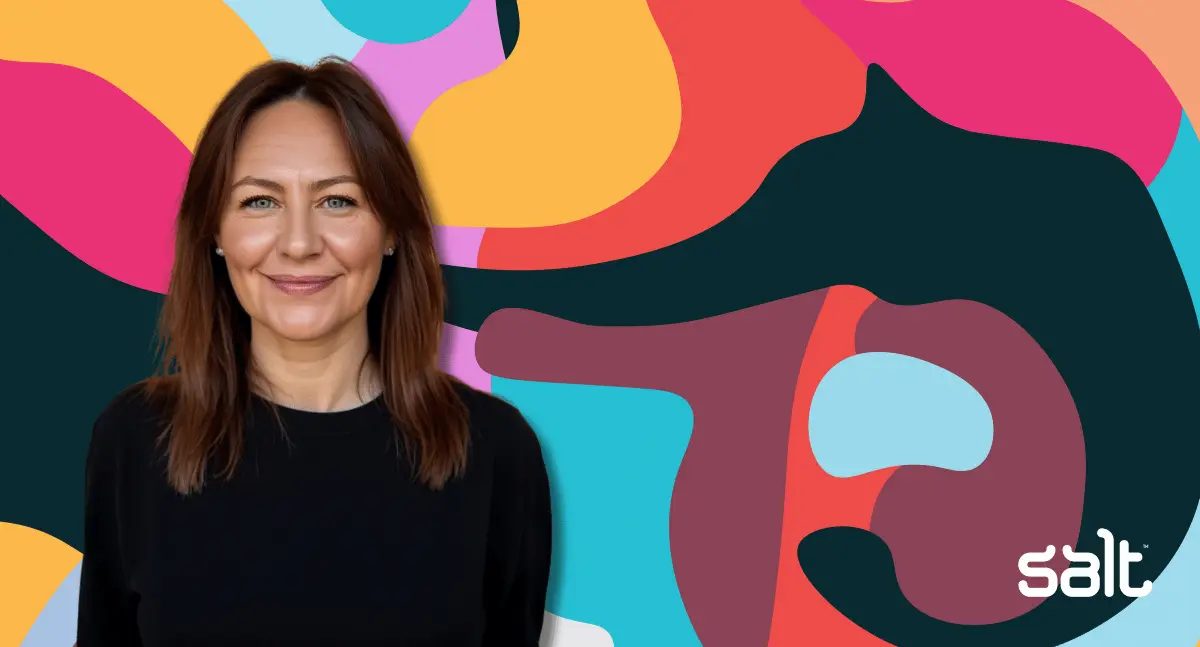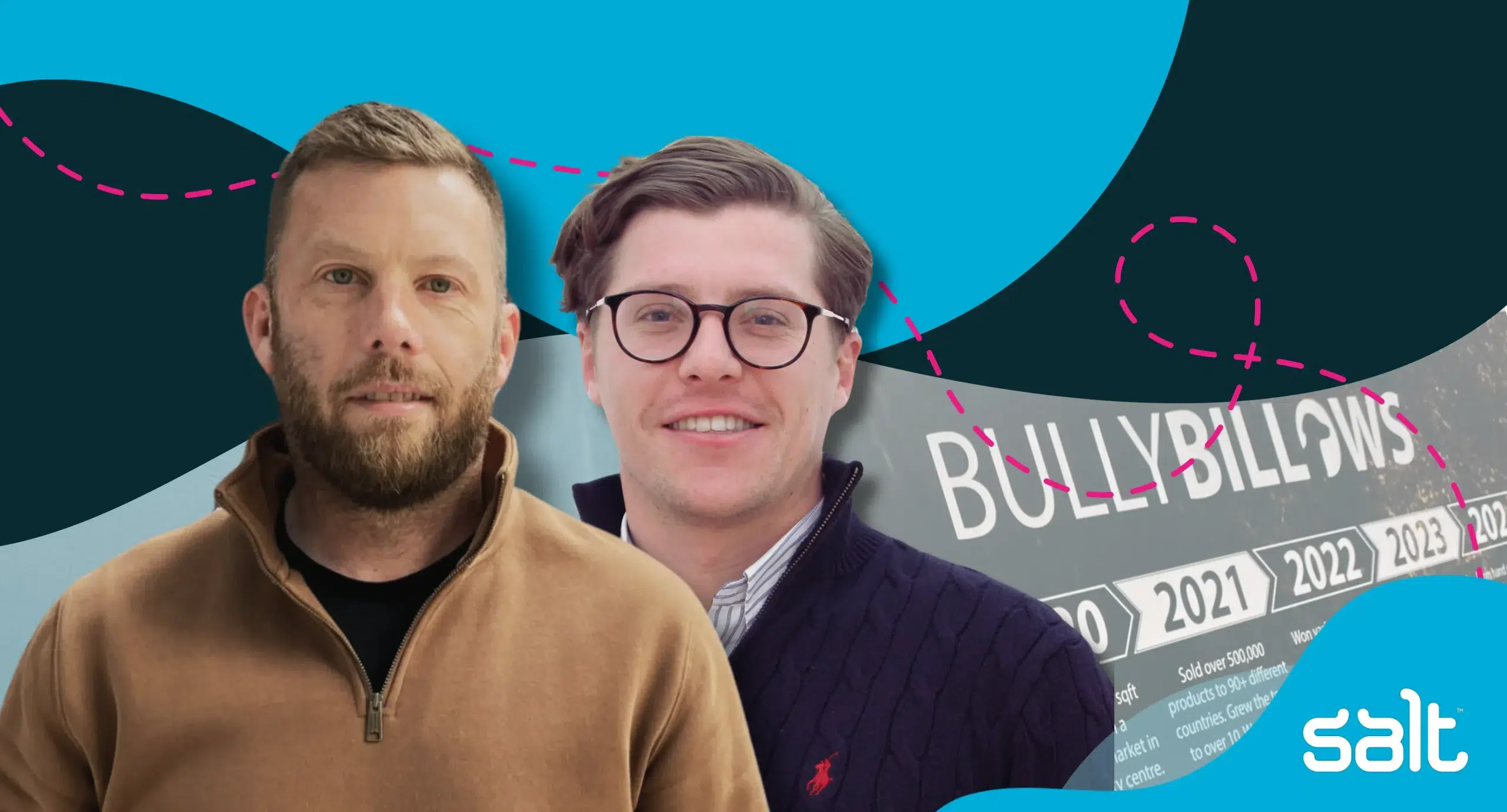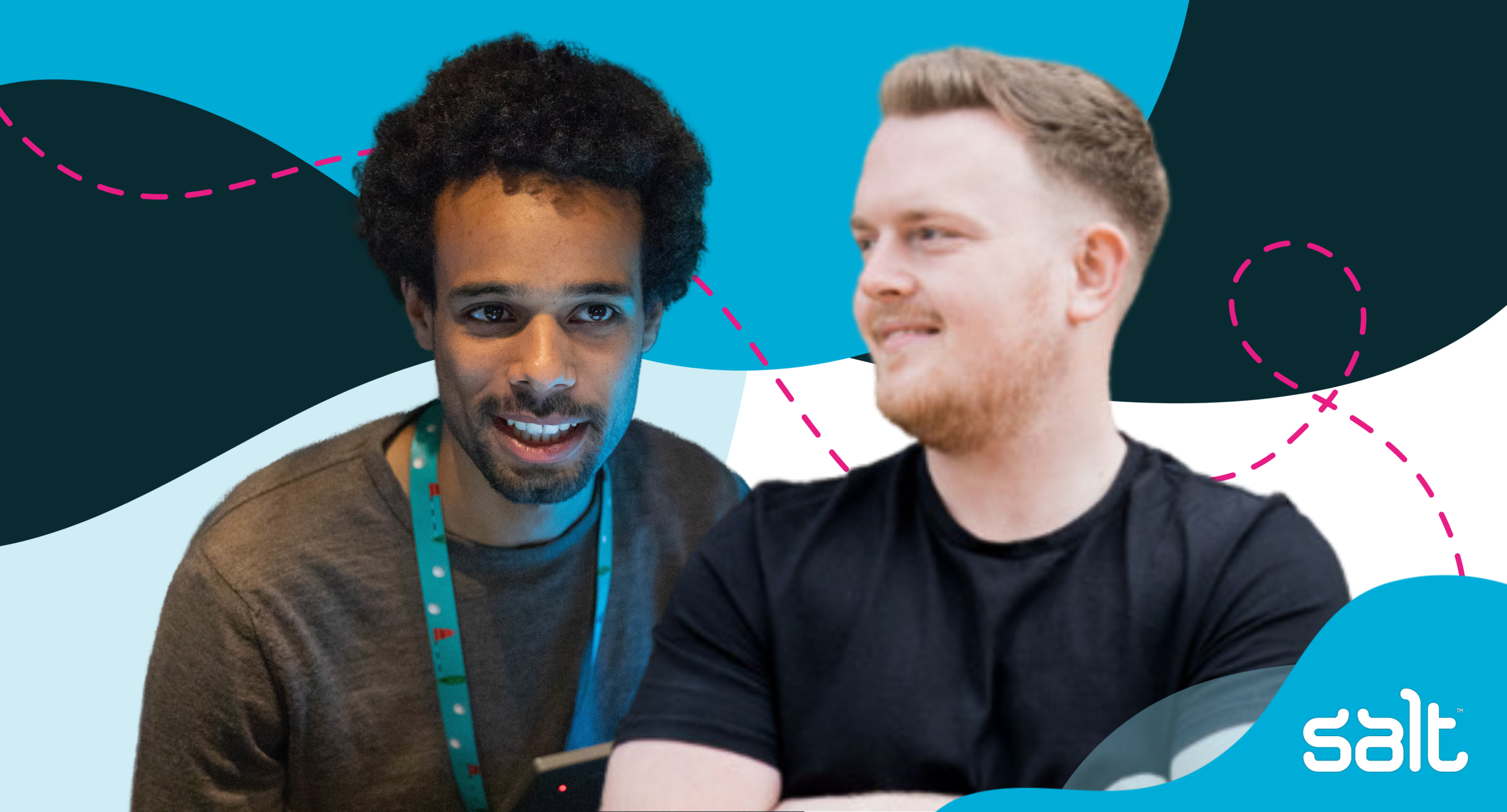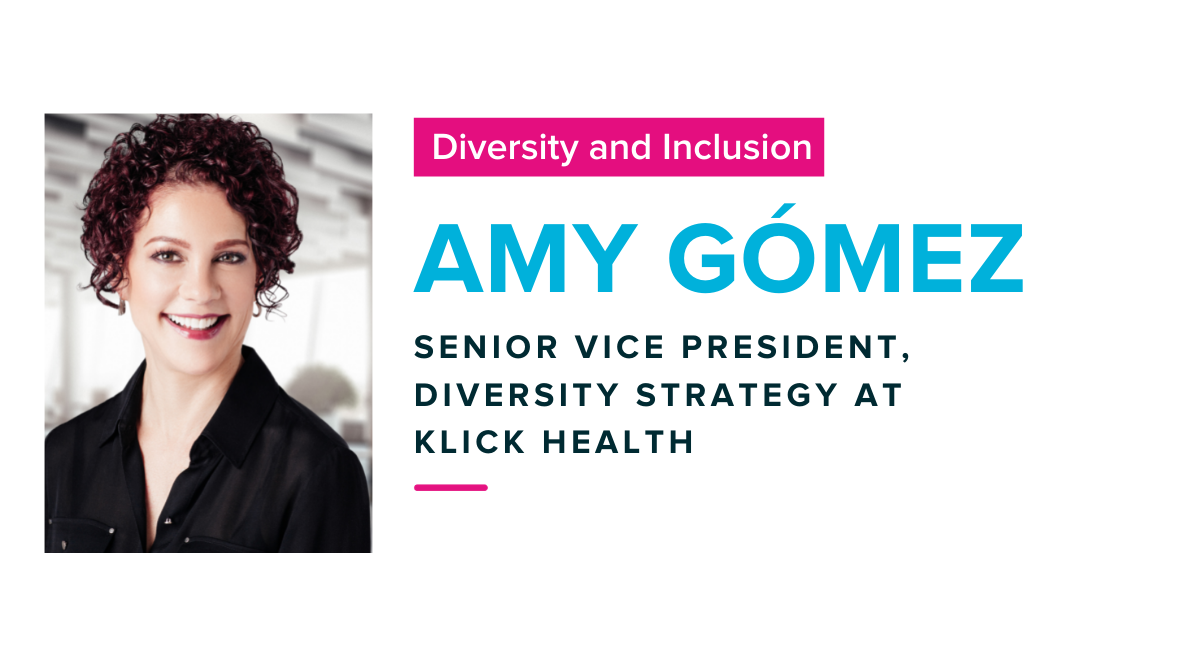
In our latest Diversity and Inclusion interview, we speak to Amy Gómez, Senior Vice President, Diversity Strategy at Klick Health. Amy has been a cross-cultural marketer for over 25 years and is experienced with using data and insights to form marketing strategies for multicultural consumers. She also spearheads Klick’s DE&I Council focused on achieving the company’s published Diversity goals.
In this interview, Amy shares insights into how Klick has approached DE&I and how they created a two-year DE&I strategy based on their data – explaining how companies can create lasting long-term strategies with the help of their employees.
Thanks so much for joining us, Amy. Would you be able to tell us who you are and explain what you do?
My name is Amy Gómez and I lead Diversity Strategy at Klick Health, the largest independent healthcare marketing agency in the world. I essentially wear two hats at Klick.
Hat number one: I lead our integrated cross-cultural marketing capability, helping our clients to communicate effectively with the consumer segments that are driving all the population growth and cultural trends in the U.S. – Black, Latino, Asian, LGBTQ+ etc.
I developed my expertise in the advertising industry through a series of roles at niche multicultural shops. I was Partner and the Head of Client Services at Revolución, an independent Hispanic agency. I was Senior Client Lead at the UniWorld Group, which is one of the oldest African American agencies in the U.S. And in my most recent roles, I’ve moved from owning a piece of business or businesses to working across an agency’s client base to help them improve their delivery against these important consumer segments.
I’ve probably worked across every industry vertical there is, but I love doing cross-cultural work in the healthcare space because it’s all about health equity and reducing health disparities – and as 2020 clearly showed us, this has become THE issue of our times.
Hat number two: I spearhead Klick’s internal Diversity, Equity, and Inclusion initiatives and lead our DE&I Council.
My relationship with DE&I has evolved 180° over the years. In the earlier part of my career, because I always worked at multicultural agencies, I probably heard more language about diversity and inclusion than some might have. But I always thought, “Well, that’s all great, but it’s not what I do… I am a marketer.” And then I got to my first “general market” agency, for lack of a better term, and I realised “Houston, we have a problem.”
I hadn’t fully appreciated how little those agencies internally looked like the New York that I walked around every day, and how little they understood about consumers who weren’t like the agency staff. That’s when I realised that DE&I had to be part of what I do because it’s the flip side of cross-cultural marketing. It’s two sides of the same coin. Any organisation that doesn’t do one well probably won’t be able to do the other well either. So I started organising task forces and advocating for anti-bias training on a volunteer basis. So having both roles – cross-cultural marketing and diversity, equity, and inclusion as part of my purview at Klick is my dream job.
Would you be able to explain what cross-cultural marketing is and what it involves?
Of course. Cross-cultural marketing is about marketing to multicultural consumer segments in an authentic and impactful way. What you see out there in the industry –and what I’ve experienced in so many environments during my career – is that many people tend to think about it at the execution level.
They think: “I get it, I get the demographic changes. I will just hire more actors of colour; I will just translate more things into Spanish or Chinese; I will finally do that media buy on Univision or blackdoctor.org…” And what all of those responses miss, is that when it’s done right – cross-cultural marketing is an insight-driven, strategic discipline. It’s all about understanding the values, beliefs, and behaviours of multicultural consumers and baking them into your strategy. It’s not about not including the insights about White people; it’s about not prioritising them.
At Klick, we mine through insights about all of our consumers and include them into our strategy at the onset, so that the work we do is relevant for the market at large, and particularly resonant for multicultural consumers because we’ve been thinking about them from the start. It’s not an afterthought; it’s not a separate workstream; it’s interloped into the way we go to market.
What do diversity and inclusion mean to you?
You’ve heard me referring to Diversity, Equity, and Inclusion, and I’m a stickler for keeping the ‘equity’ in there. This is because equity is about fair treatment, equality of opportunity, and fairness in accessing information and resources for everyone.
So, for me, at its very simplest, DE&I is about creating environments, whether it be in society at large or within organisations, including workplaces, where every human – regardless of the elements that make up their identity – can thrive, express themselves, and have equal access to care, development, and advancement.
Have you ever had a moment where you felt like your identity was tested? How were you able to overcome or approach this?
In total transparency, my identity has rarely been tested. I’m extremely fortunate in the sense that I’ve lived an exceptionally privileged life. You may have heard the metaphor for privilege as a backpack filled with unearned advantages. I have a lot in my backpack.
First off, I’m White, so in a society which is unfortunately still built on White supremacy, that has been an enormous advantage. I grew up in a middle-class family where access to food, shelter, and medical care were not an issue. My parents paid my undergraduate tuition, and I didn’t have to take out student loans, which is a big issue in the States.
I could go on, but you get the idea. And you might say, well how did you end up being a DE&I champion? I feel strongly that it’s critically important for those of us who lucked into privilege through an accident of birth to use that privilege to try and level the playing field.
What would you say is the most challenging part of your role?
I think a big challenge – and it’s somewhat paradoxical – is that DE&I has always been important to Klick long before I joined the organisation, and we have an extraordinarily vibrant and supportive culture. I can honestly say that it’s very different from any other agency that I’ve ever been in.
So given both of those truths, the challenge is to maintain the urgency and momentum that has driven our progress over the past year since we signed onto the Call for Change. I think this is true for other organisations that have expanded their DE&I programs. That being said, our efforts are supported by a group of brilliant and committed DE&I champions on our Council and in our Employee Resource Groups (ERGs), so I’m extremely optimistic.
One thing I love about our Employee Resource Groups is that they were not a top-down initiative, they were the brainchild of a bunch of very committed Klicksters who said this is what we need at Klick, and they were immediately supported by senior management.
We currently have five ERGs – a women’s group, a parent’s group, a queer ERG, a Klicksters of Colour group and a mental health ERG, our newest group. As I’m sure everyone can relate, the past 15 months of the pandemic have been very challenging and it’s taken a toll on the well-being of people across the working world. Having a mental health ERG can be a source of comfort for many, many people. Today, it’s commonplace in the business world to have ERGs that are based on race, ethnicity and sexual orientation, etc. I think that the latest frontiers out there are neurodiversity and mental health. I still haven’t seen any company launch an ageism ERG as this ism is still pretty much okay in the workplace but I think that it could be the next frontier.
Employee Resource Groups are often in place to help diversity and inclusion. What advice would you give to businesses who are looking to launch ERGs and improve their DEI efforts?
I strongly encourage companies to listen to their people and empower them to lead the effort and set the agenda. Ask yourself (or encourage your employees to ask themselves): What groups are needed? At Klick, our ERGs were all Klickster-started and are Klickster-driven. Your employees know who the workforce is and who needs that kind of community.
Questions to ask: Are your ERGs only for people who identify as part of that group, or are allies welcome as well? At Klick, we welcome allies in all of our ERGs but we also have certain meetings, which are for healing space and are only open to people who identify as a part of that group.
I think the most important thing is to let the groups be employee-driven and to let your people have the power to lead because any initiative that is perceived internally as being an HR or People Practices’ mandate will face challenges gaining traction because it will be perceived as inauthentic.
How do you continue to foster an inclusive environment at Klick with most people working from home?
The pandemic was quite a smooth working-from-home transition for us because part of our workforce was already remote geographically, so we already had the tools in place. Interestingly enough, before the pandemic, our ERGs had wanted to evolve their role from being mostly about celebrations to playing a more substantive role in the organisation.
As we moved to a 100% virtual workplace, that happened organically, because our ERG Slack channels became sites of lively discussion around every aspect of DE&I, both in the world and in the workplace.
We’ve also been very mindful of the specific stressors of the pandemic and non-stop Zoom culture. We even held a week-long series of events about mental health and how we can best support our teams and employees during this very challenging time.
As a business, how would you normally choose what to focus your DEI initiatives on and form a strategy?
We recently published our Diversity, Equity. and Inclusion goals, both internally and externally. DEI has always been important to Klick but I think last summer, the killing of George Floyd and the racial justice protests were a catalyst for us, particularly because our Chief Brand Strategy Officer Carl Turner was one of the people who helped craft A Call for Change, and Klick was one of the agencies that signed on from the start.
As the social justice protests started last summer, a group of Black advertising executives came together and said, enough is enough; we have been asking for change within the advertising industry for decades. There have been actual legal injunctions which have mandated diversity and we’re still not seeing change – here are the 12 actions that we think that is needed. The group that organised that was called 600 & Rising, because it was initially 600 Black executives who signed on.
Carl helped craft the call to action and Klick signed on from the very beginning. In the wake of our commitment, we added data and accountability to the equation. We conducted our first-ever employee benchmarking survey late last summer because we’re very clear that what gets measured gets done. We couldn’t set goals without knowing our starting point. We instituted my internal role and the DE&I Council set the goals and strategy and act as advisors to senior leadership.
The Council is made up of people from a wide variety of backgrounds, seniority levels within the organisation, and departments (or what we call “crafts” at Klick). We are currently 18 members strong and we spent the first three months crafting our goals. We started from the data and came together for a big brainstorm, discussing what are the different goals that we could set for ourselves – and we tried to think about everything. Then, we started to talk about them: the pros; the cons; and the things that we hadn’t thought about.
We honed them down, added more, and organised them into categories. It is very interesting that when you talk about diversity goals, on the surface, it seems very clear cut. And then when you dive into it, you realise what the goal is and the methodology for getting there. Ultimately, when you have a bunch of very smart, committed people joining together to create goals, we realised that we could have talked about it for another three months but we needed to just say, “This is what we are committed to; this is what we are marching towards; and this is our start”.
We decided to make two-year goals because since these were our first steps, we need to set up measurement systems. For example, we’ve set recruiting guidelines, so we needed to set up internal dashboards so that managers of different departments can monitor their progress and see where they are.
It starts as the composition of our workforce – and where we want to see greater diversity and what levels – and then it goes through talent recruiting, both the interview process and the hiring process. Then, how do we train? How do we do employee development? How do we create fair and equitable promotion guidelines? And finally, there’s building an inclusive culture. That includes everything from building our ERGs to benchmarking where we are in terms of spending with minority-owned suppliers. Once we benchmarked all of this, we could set a goal for where we want to be.
What would you say is the most difficult part of implementing a D&I programme and why is DEI particularly important in your space?
The most difficult thing for any company is change. If you look on Amazon for books on ‘Organisational Change’, you’ll find over 10,000 results! If it were easy, that would not be the case. The good news is, we’re embracing change. We’ve started acknowledging that we need to think differently about how we recruit, how we interview and hire, how we train and promote… and that’s just the start.
If you look at it industry-wide, DE&I is critical in the advertising and marketing arena because the industry creates the stories and images that mould our society’s psyche and get turned into accepted truth. We can do that with harmful stereotypes, or we can do it authentically – it’s our industry’s choice. But it’s even more important in the healthcare marketing space because our marketing efforts can help save lives – and that comes with a heightened responsibility to correct historic exclusions.
We’ve just published our goals so we are at the very beginning of the process, and our next steps now are to develop the blueprint, the procedures, and the tools. The tools are critical. To give you one example, we currently conduct hiring manager training and identify biases that can creep into interviews as part of that training but, we need to give people the tools, concrete strategies, and techniques to eliminate biases in the interview process. It’s not enough to identify that biases are there; we need to support them in eliminating them so we are currently exploring options.
When approaching DE&I, it is important that it is not just a tick-box activity and is echoed in business strategy and goals. How does Klick approach this and what advice would you give to businesses who are looking to do the same?
Without leadership involvement, nothing is going to get done. Culture change is hard and people will usually take their cues from the top of the organisation. For organisations who struggle, I think the most effective route is showing that DE&I isn’t ‘a nice to have’ and it isn’t something to do just because it’s the right thing to do; it’s also something you should do because it’s good for business. There’s an often-cited McKinsey report which shows that diverse and inclusive organisations are much more successful and innovative than companies that are not. If that’s not a strong rationale then I don’t know what is. My advice would be not to think of DE&I as a siloed initiative, but rather the bedrock on which the success of your organisation rests.
What suggestions or advice would you give to businesses who are trying to improve their efforts or candidates who are looking to join an organisation?
To businesses, I would say practise humility and be open to listening and learning about what you could be doing better – and then put a plan in place to get there.
For candidates who want to be part of a more diverse organisation, look carefully, listen to the signals as you’re going through the interview process. For instance, is the team of people that you’re interviewing with a diverse team? It’s perfectly acceptable for you as a candidate to ask what the culture is like; what their policies and procedures around Diversity, Equity, and Inclusion are’ and what their approach to DE&I is – to help you make your decision accordingly.
About Klick Health:
Klick Health is the world’s largest independent commercialisation partner for life sciences. For over two decades, Klick has been laser-focused on developing, launching, and supporting life sciences brands to maximise their full market potential. Klick was named Large Agency of the Year for 2020 by Medical Marketing + Media (MM+M), marking its ninth Agency of the Year industry award in nine years. Klick has teams in New York, Philadelphia, Toronto, and across North America, and has consistently been named a Best Managed Company and Great Place to Work. In 2020, the company was recognised with 14 Best Workplace awards, including Best Workplaces for Women, Best Workplaces for Inclusion, Employee-Recommended Workplaces, Most Admired Corporate Cultures, and FORTUNE’s Best Places to Work in New York. For information on joining Klick, go to careers.klick.com.
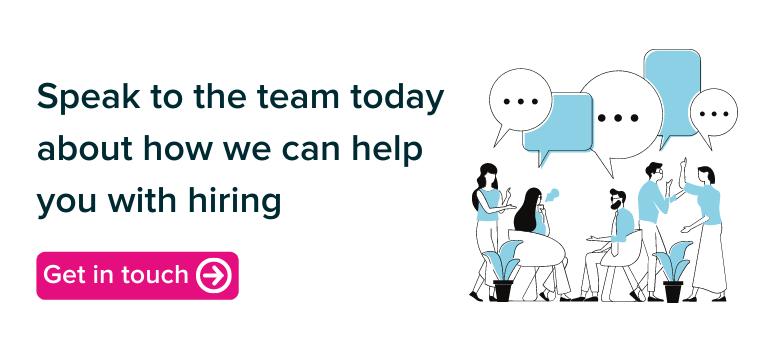
This interview is part of our monthly Diversity and Inclusion series. You can read more of our diversity and inclusion interviews here.
